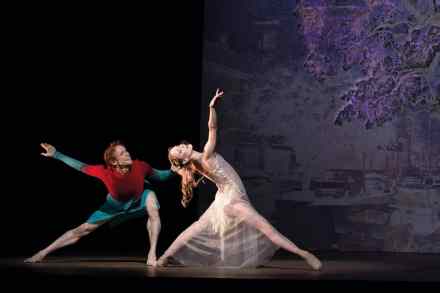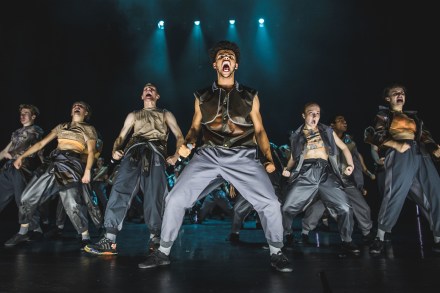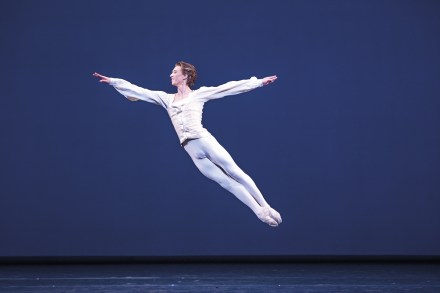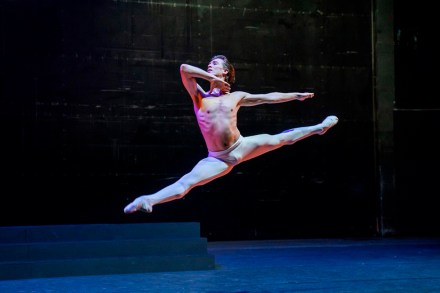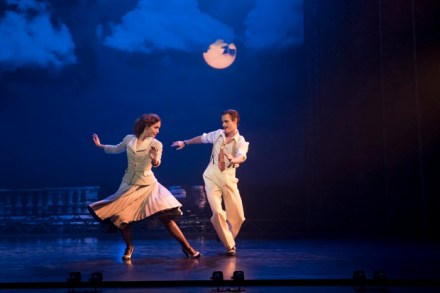Richly layered and intricate: Royal Ballet’s The Dante Project reviewed
Where does the artist end and their work begin? Like 2015’s Woolf Works, Wayne McGregor’s new ballet swirls creator and creation to meditate on a journey of self-realisation. The subject this time is Dante, the Italian poet who redirected the course of western art and literature with The Divine Comedy. Over three acts, each based on a realm of the afterlife, an Everyman navigates sin, penance and salvation. There’s a lot to unpack — as ever, McGregor crafts a rich, layered choreographic language, and Thomas Adès’s accompanying score is just as intricate — but density is The Dante Project’s forte, elevating it to cosmic heights. The stellar Edward Watson —
